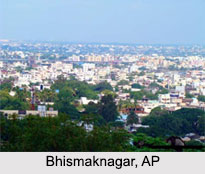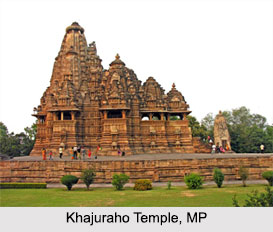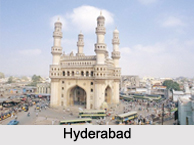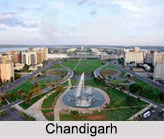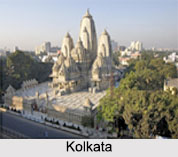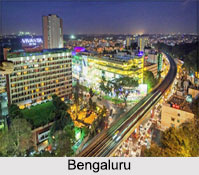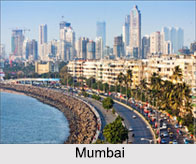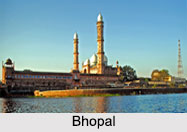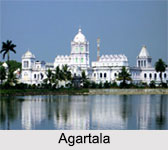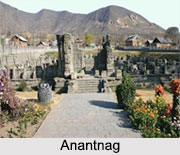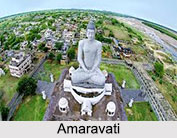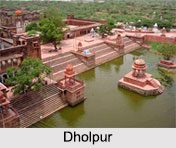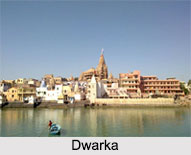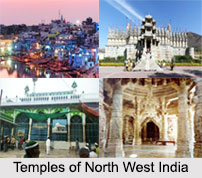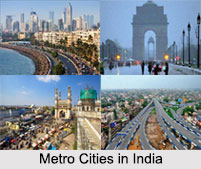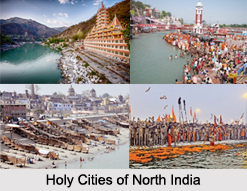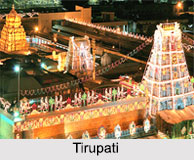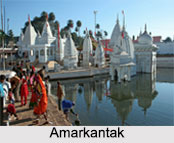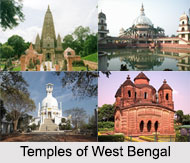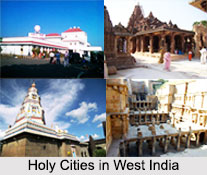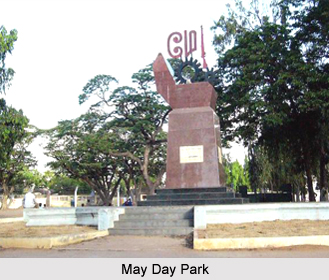 May Day Park is located in the Indian state of Tamil Nadu. More specifically, this park is situated in the city of Chennai. It is defined as an urban park. The managing body of this park is Corporation of Chennai. This park was originally known as the Napier Park.
May Day Park is located in the Indian state of Tamil Nadu. More specifically, this park is situated in the city of Chennai. It is defined as an urban park. The managing body of this park is Corporation of Chennai. This park was originally known as the Napier Park.
History of May Day Park
May Day Park was opened to the public on 13th September, 1950 by the then Minister of Agriculture, A. B. Shetty. According to history, a resolution was submitted by the Madras municipality on 28th January, 1869. The resolution recommended the creation of a park at the place where the stables of Messrs, Burghall and Company was located. The application was submitted to the Government of Madras Presidency. On 15th April 1869, the government gave consent to the proposal and the land was selected for the construction of the park. The park was named May Day Park after Francis Napier, 10th Lord Napier of the Governor of Madras.
Geography of May Day Park
Globally, May Day Park can be pinpointed at coordinates 13 degrees 04 minutes 24 seconds north and 80 degrees 16 minutes 23 seconds east. This park occupies a land of about 14.5 acres.
Utilization of May Day Park
During the May Day celebrations, May Day Park is used to organize public meetings. May Day celebrations are marked by rallies, which are conducted from the park. The park can also be used to play sports like football, cricket, badminton and volleyball.
Divisions of May Day Park
Structurally, the park has two divisions. It has been provided with facilities for sports like football, cricket, badminton and volleyball. These facilities are located on the eastern and western parts of the park.
Visiting Information
Chennai has good transport facilities. It has airports with flights operating both domestically and internationally. Chennai is well connected to several Indian cities like Mumbai, Delhi, Bengaluru, Ahmedabad, Guwahati, Hyderabad, Kolkata, Kochi, Port Blair, etc. The Chennai International Airport is the third busiest airport of India. It is located at a distance of about 7 km from the main city. In this airport, international as well as domestic flights land at different terminals. More specifically, the international flights land at the Anna Terminal whereas the domestic flights land at Kamaraj Terminal. The distance recorded between these two terminals is about 150 meters. These terminals are known to be well connected to the major cities of India as well as the world. Chennai has three railway stations namely, Central, Egmore and Tambaram. Taxis and rickshaws are available from the stations which will take one to his destination in Chennai. Chennai is well connected to most of the major places in the country. Chennai is well connected by 5 highways to all the major cities as well as states. Chennai bus station is considered as Asia`s largest bus station. It has a great frequency of buses to and from Chennai. The major roads passing near the May Day Park are Deputy Mayor Kabalamoorthy Road and Arunachala Street. More specifically, this park is located on Deputy Mayor Kabalamoorthy Road in Chintadripet. Kattukuppam, Redhills, Tiruvannamalai are the cities close to May Day Park.
Related Articles:
Chennai
Tourism in Chennai
Amusements parks in Chennai
History of Chennai
Connemara Public Library
Kelambakkam
